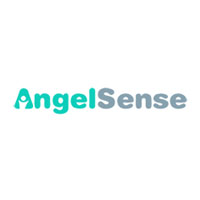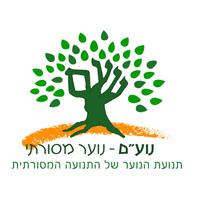We make complex systems easy-to-use. Combining a deep understanding of human factors, extensive user research and smart interface design, we design systems that fit people’s needs – and not the other way around.
From research and concept to design and development, our end-to-end solutions result in easier operating, cheaper maintenance and safer use.
Efficiency isn’t just about speed. It’s also about clarity and flow. We design interfaces that streamline complex tasks, reduce cognitive load, eliminate unnecessary steps and help users complete actions with quickness and precision.
Our designs help prevent human error, support situational awareness, enable confident decision-making and reduce physical injuries. By aligning systems with real-world use, we reduce risk — for people and processes.
Systems should reduce friction, lower the learning curve, and build user confidence from day one. When interfaces feel natural, teams adopt new tools faster and operate with ease and satisfaction. This is true for consumer products and industrial equipment.
We know what production line operators, medical surgeons and technicians need — especially under pressure. By applying principles of human factors engineering into our UX/UI and ergonomic design, we turn insights into perfect interfaces that improve usability, reduce errors, and help users operate complex systems with confidence and clarity.
Specializing in engineering-conscious designs, we respect real-world constraints — including mechanical architecture, software development technology, budget limitations, and long-term maintenance needs. We collaborate with R&D teams to deliver solutions that are production feasible, support efficient integration, and are sustainable throughout the system lifecycle.
Aman is one of the five leading IT companies in Israel with subsidiaries in the US and Europe. Offering solutions for a variety of challenges, Aman’s understanding, attention and technology help clients improve their performance and create sustainable value for customers and stakeholders.








Let’s get in touch